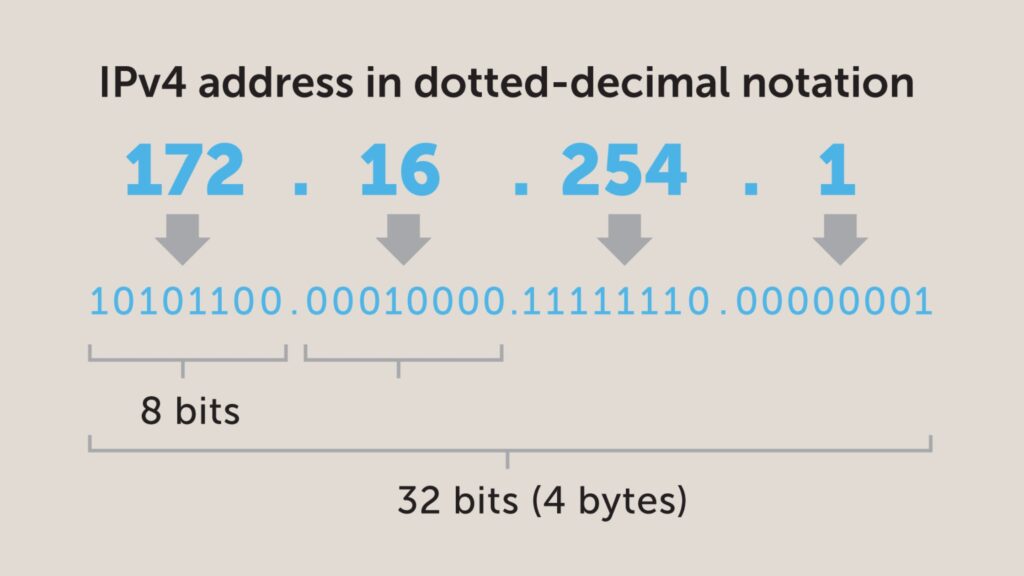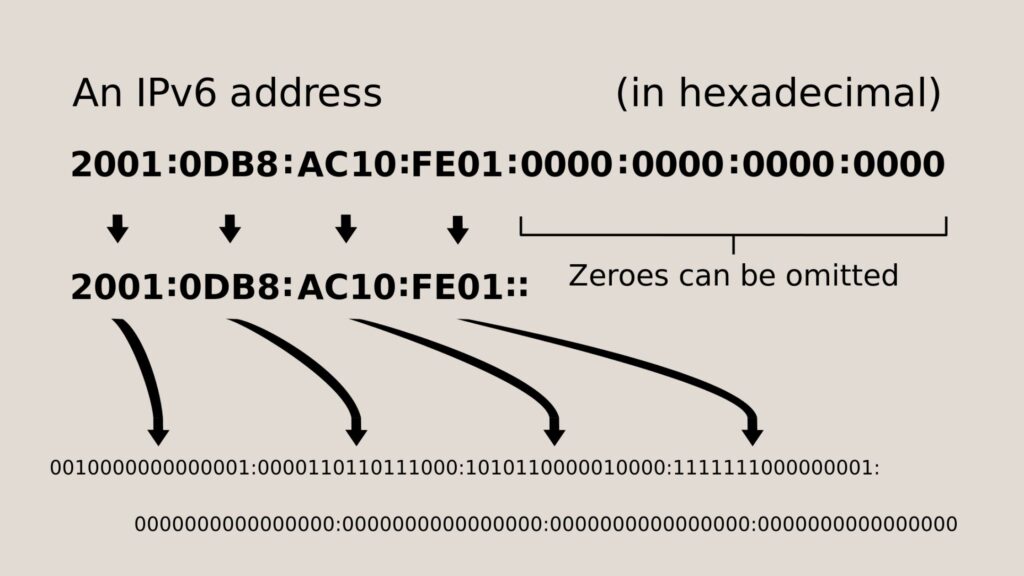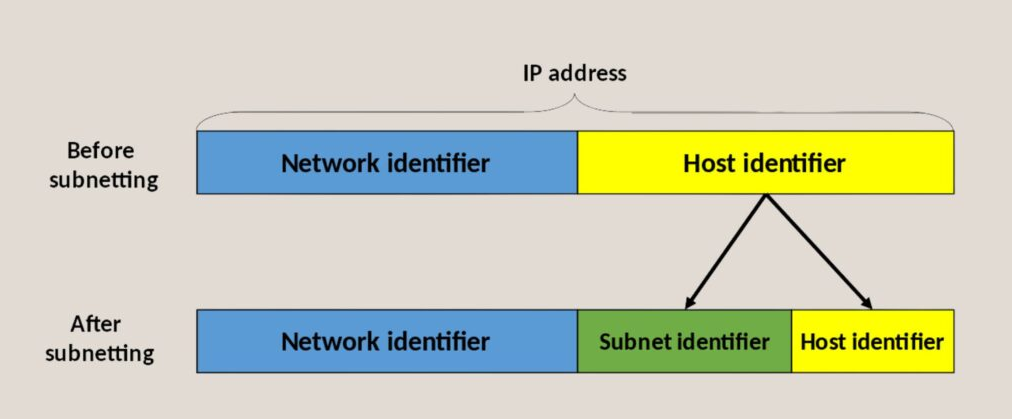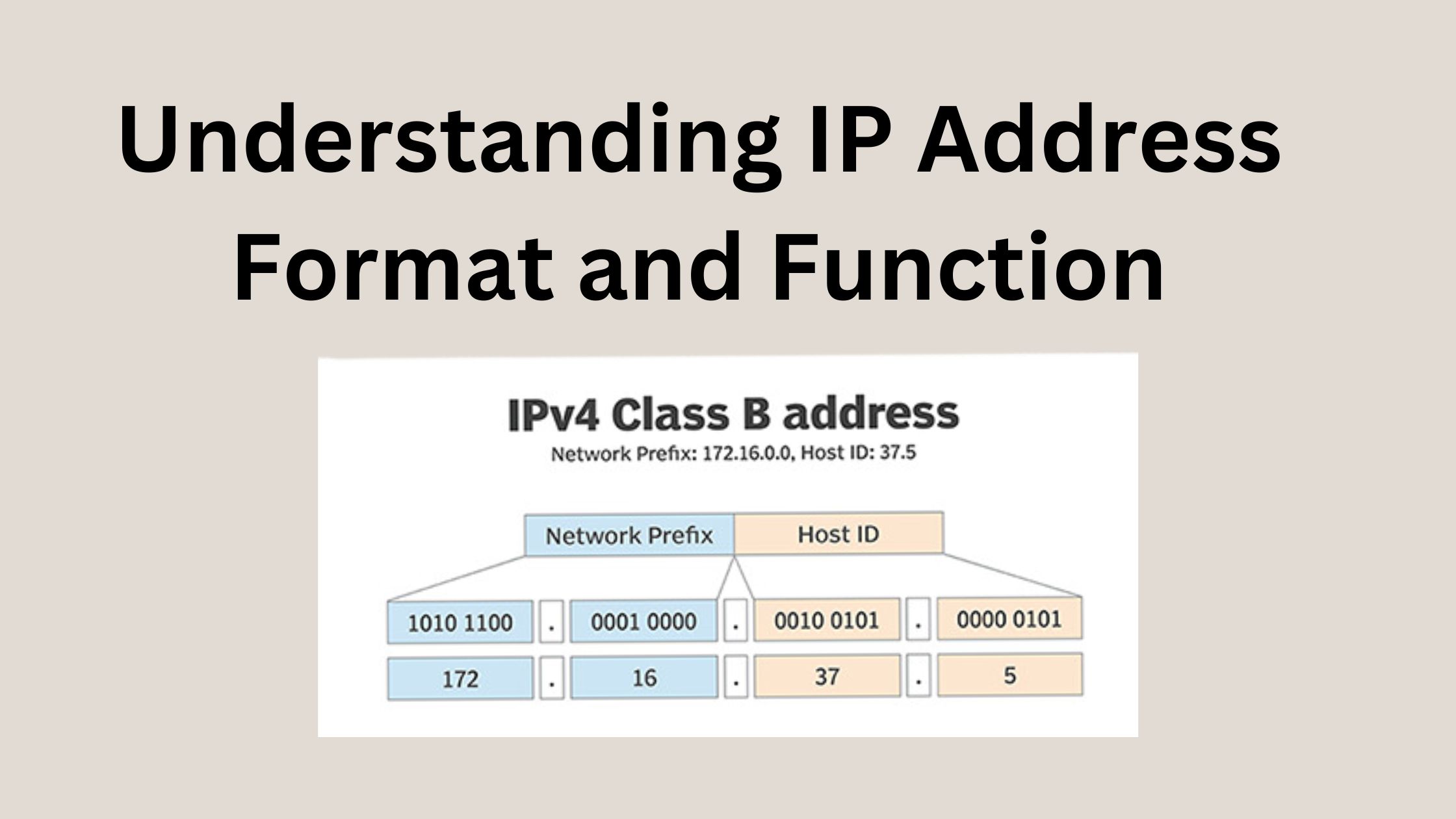Demystifying IP Addresses: Understanding Their Format and Function
In the vast digital landscape, communication between devices requires a unique identification system, just like physical addresses guide mail delivery. This is where IP addresses come into play.
They act as your digital passport, enabling seamless interaction across the internet. But what exactly do these numerical sequences represent? Let’s delve into the format and function of IP addresses.
Also Read: What is IP Address – Understanding the Basics
Understanding the IP Address Format:
IP addresses consist of four sets of numbers separated by periods, like 192.168.1.1. Each set represents a byte, which is a basic unit of digital information. Together, these four bytes form a unique 32-bit address in the IPv4 version, the most commonly used version today.

However, with the increasing number of devices connected to the internet, IPv4 addresses are running out.
To address this, the IPv6 version was developed. It uses 128 bits, resulting in a much larger pool of unique addresses. An IPv6 address typically looks like this:

The Breakdown of Each Segment (IP Address Segmentation):
Each byte within an IP address carries specific information:
- Network ID: This identifies the network to which the device belongs, similar to a building number in a street address.
- Subnet ID: This further divides the network into smaller segments for more efficient management, like apartment numbers within the building.
- Host ID: This identifies the specific device within the subnet, akin to the individual apartment unit.

Understanding Different Classes of IP Addresses:
IPv4 addresses are further classified into five classes based on the network size:
- Class A: These are for large networks, with the first byte of the address usually ranging from 0 to 127.
- Class B: These are for medium-sized networks, with the first byte typically between 128 and 191.
- Class C: These are for small networks, with the first byte ranging from 192 to 223.
- Class D: These are reserved for multicast applications, where data is sent to multiple recipients simultaneously.
- Class E: These are reserved for future use.
Importance of Understanding IP Address Format:
Knowing IP address formats is crucial for several reasons:
- Troubleshooting network issues: By understanding the subnet masks and network IDs, you can identify network configuration problems and troubleshoot connectivity issues.
- Configuring network devices: Knowing the correct IP address range and subnet masks allows you to properly configure routers, switches, and other network devices.
- Understanding network security: IP addresses play a vital role in network security policies and access control mechanisms.
- Managing network resources: Efficiently managing IP addresses ensures optimal resource allocation within a network.
Also Read: Static vs. Dynamic IP Addresses – What Is the Difference?
Conclusion:
Understanding IP addresses and their format forms the foundation for navigating the digital world. By demystifying these numerical sequences, you can gain a deeper understanding of network communication and address related technical issues with ease. Whether you’re a tech enthusiast or simply curious about the internet’s inner workings, knowledge of IP addresses empowers you to navigate the digital landscape with confidence.

2 thoughts on “Understanding IP Address Format and Function”